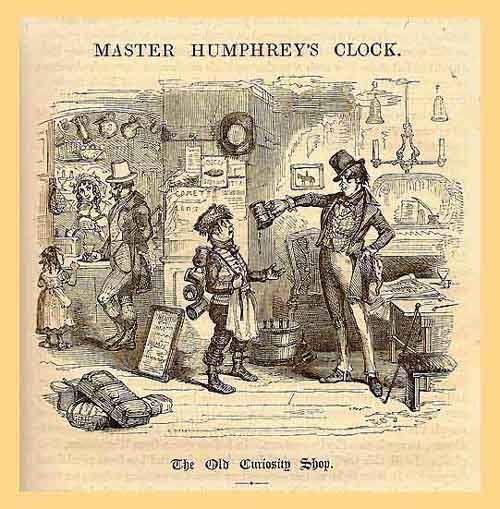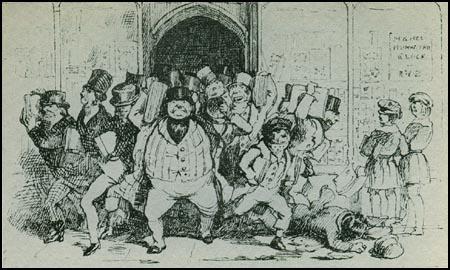What do you think?
Rate this book


396 pages, Hardcover
First published January 1, 1841

 https://www.gutenberg.org/ebooks/588
https://www.gutenberg.org/ebooks/588
“We are men of secluded habits, with something of a cloud upon our early fortunes, whose enthusiasm, nevertheless, has not cooled with age, whose spirit of romance is not yet quenched, who are content to ramble through the world in a pleasant dream, rather than ever waken again to its harsh realities…. Spirits of past times, creatures of imagination, and people of to-day are alike the objects of our seeking, and, unlike the objects of search with most philosophers, we can insure their coming at our command.”